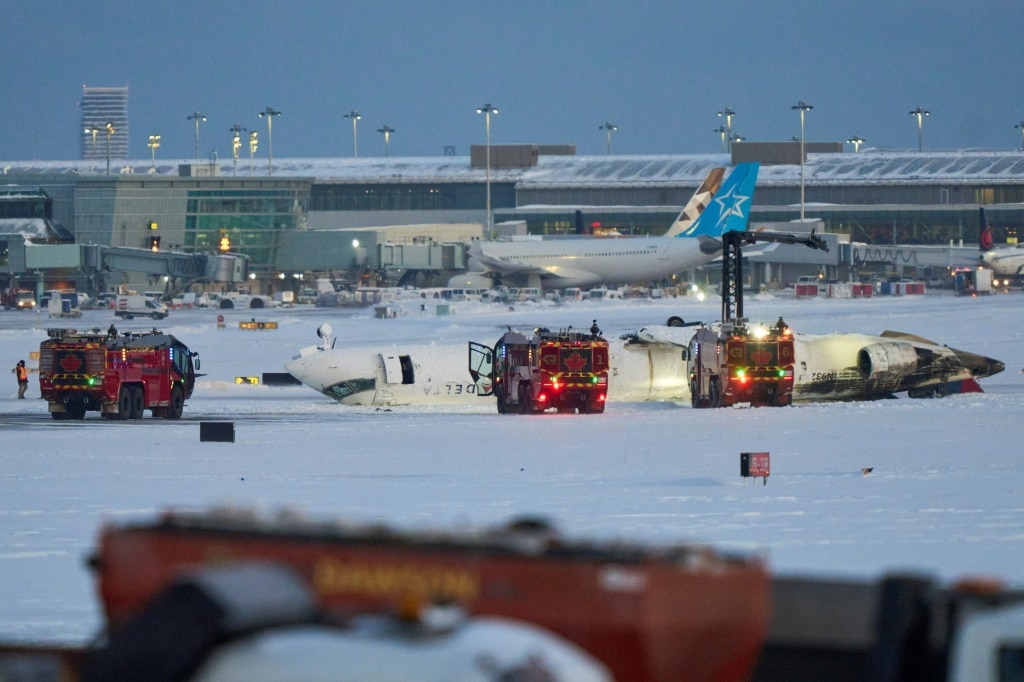Is it safe to fly? This is what the experts say
A series of highly publicised plane crashes have triggered concerns around whether its still safe to fly. Should you board your flight or cancel your trip? Here’s what you need to know.
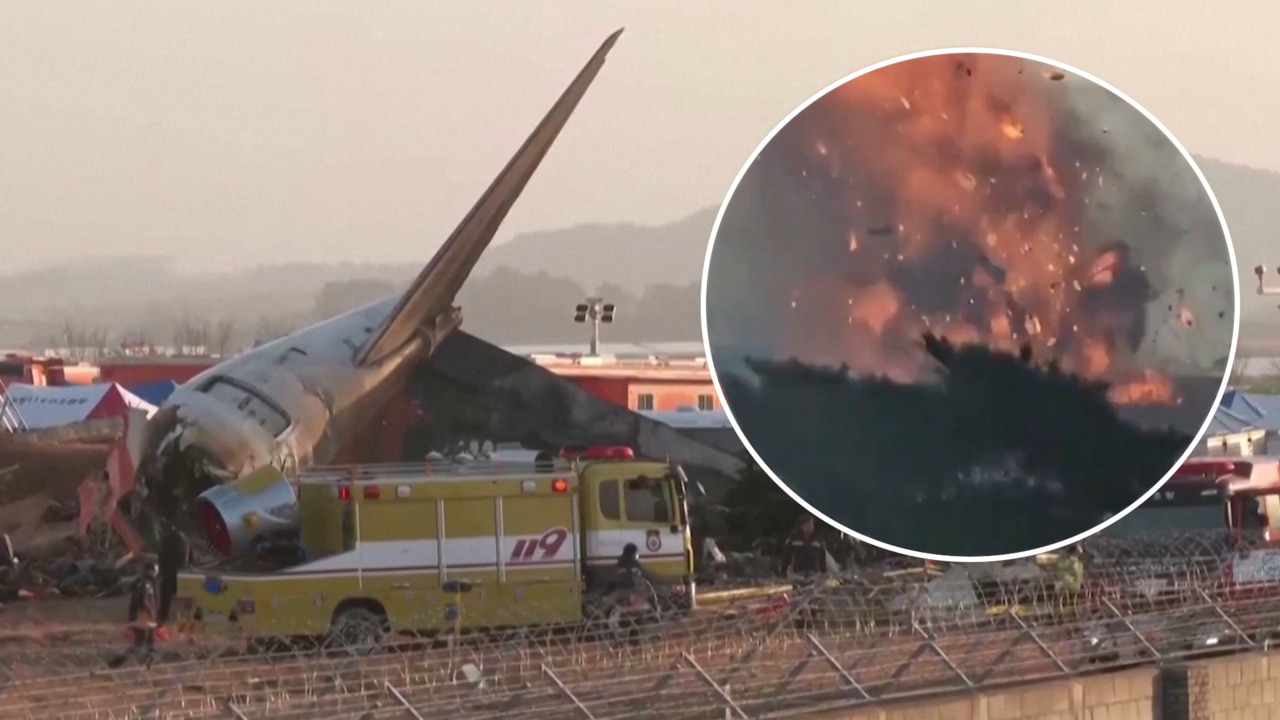
North America
Don't miss out on the headlines from North America. Followed categories will be added to My News.
A series of highly publicised plane crashes have triggered concerns around whether it’s still safe to fly.
Already more than 80 people have died in the US in January alone. So should you board your flight or cancel your trip?
Here’s what you need to know.
WHAT DO THE STATS SAY ABOUT AVIATION SAFETY?
A number of dramatic plane crashes marked the end of 2024 and start of 2025. These include a plane flipping in Toronto, a Jeju Air crash that killed 178 in South Korea and an Azerbaijan Airlines crash that killed 39 people in Kazakhstan.
The National Transportation Safety Board (NTSB) in the US has reported 14 fatal accidents so far in 2025, including the latest accident when two planes crashed mid-air in Arizona on Wednesday.
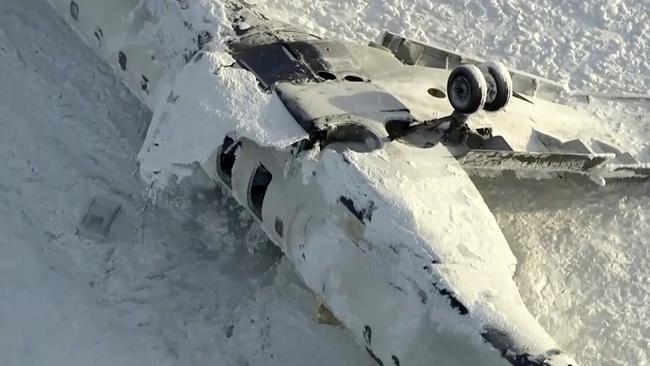
But Strategic Air aviation expert and pilot Tony Stanton said statistically “we’re just seeing a blip at the moment” and that the number of accidents had actually been steady over the past decade.
“ When you look at the rate [of accidents] over time per flying hour across the globe of all air transport, it’s reasonably steady over the last five to 10 years,” he said.
“We really have come a very long way since the ’60s and ’70s in terms of reducing that accident rate per hour … the problem is you’re flying a whole lot more.”
WHAT’S BEHIND RECENT AIR TRAVEL ACCIDENTS?
The Federal Aviation Authority (FAA) in the US handles about 195,000 flights a month. According to preliminary data from the NTSB, the US experienced 63 accidents in January 2025. This is the lowest number of monthly accidents since records began in the 1980s.
So what’s going on? The recent spate of accidents have been on a much larger scale.
The Army helicopter crash near Washington DC that killed 67 people in January was the first major fatal commercial airline crash in the US since 2009.
Dr Stanton said the crash in Washington DC highlighted that regulators needed more resources.
“Even the day before, there was a very similar event where an aircraft had to go around because of a helicopter. There are a lot of what I call ‘leading indicators’ that are taking place,” he said.
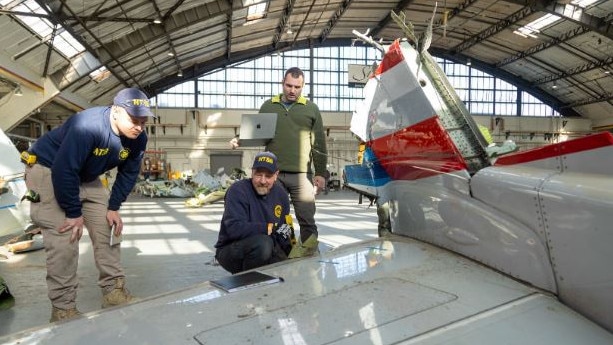
An NTSB investigation into an another near miss in May 2024 at the same airport, Ronald Reagan National, is still in its preliminary stages.
“ I suspect there’s insufficient funding for the NTSB and the FAA to look at these leading indicators more quickly,” Dr Stanton said.
In May 2024, the US Senate increased funding for the NTSB and FAA for the next five years and expanded the investigative powers of the NTSB.
Meanwhile, US president Donald Trump said “obsolete” air traffic control computer systems were to blame for the major crash in Washington DC.
The latest crash in Arizona, however, took place in uncontrolled airspace without an air traffic control tower. This means pilots themselves are responsible for adhering to FAA regulations and communicating with other aircraft instead of air traffic control.
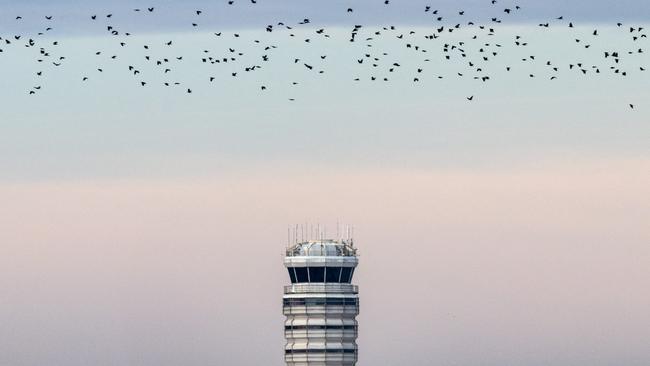
US Secretary of Transportation Sean Duffy penned an op-ed in Fox News blaming “unsustainable software systems” at the FAA on the Biden administration’s “bloated bureaucracy that pushed over-regulation instead of innovation, and radical DEI instead of merit”.
“While the investigation is ongoing, the tragedy highlighted the urgent need to modernise our air traffic systems — and to move past the broken promises and political inertia of the past,” he wrote.
Mr Duffy said near misses were happening multiple times a week at all major US airports.
“This included 503 air traffic control lapses that the F.A.A. preliminarily categorised as “significant” — 65 per cent more than in the prior year.”
Airlines for America, the US passenger and cargo airline trade organisation, said keeping air travel safe “requires desperately needed government attention and investment in both human and technology infrastructure.”
The organisation recently called on Congress for “emergency funding” to improve air traffic control staffing and systems.
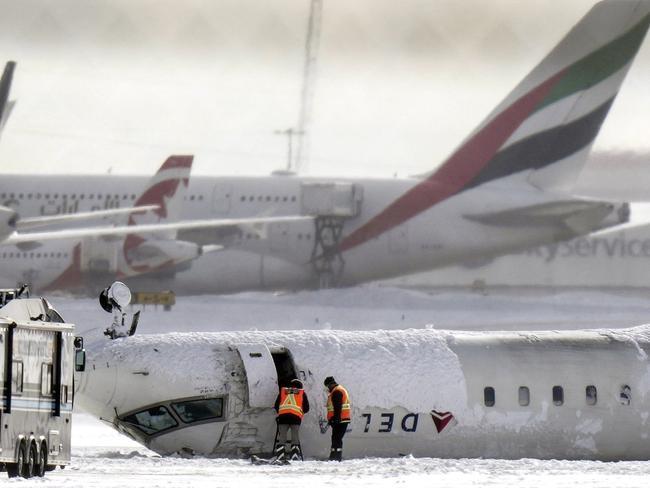
WHAT CAN TRAVELLERS DO TO MAKE AIR TRAVEL SAFER?
Flying by air can be a nerve-racking experience.
Australia has experienced seven fatal aircraft accidents on commercial flights, all involving smaller aircraft or helicopters since 2020.
A seaplane crashed off Rottnest Island in WA in January.
Dr Stanton advised passengers to research their airlines and be mindful of which company they chose to fly with.
“There are many airlines that have had almost no events over the last 20 years, and then there are other airlines that seem to have more events than others,” he said.
In January, Qantas was ranked a close second for the safest airline in the world after Air New Zealand.
Qatar and Emirates tied third while Virgin Australia ranked fourth after Cathay Pacific.
Dr Stanton, however, was emphatic that airlines and regulators prioritised safety above all else.
“Everybody in that aviation system is trying to take care of the passengers,” he said.
“ It doesn’t matter what airline, broadly speaking, you are much, much more likely to have an incident or an accident on the way to the airport than you are in the aircraft.”
More Coverage
Originally published as Is it safe to fly? This is what the experts say



